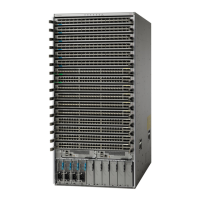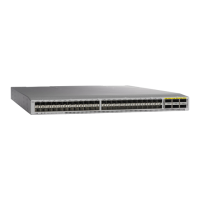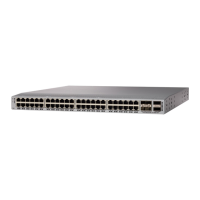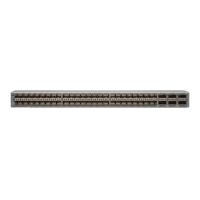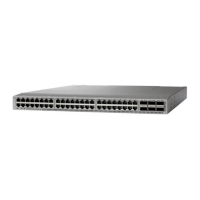•
Download software updates.
You make this local management connection between the asynchronous serial port on a supervisor module
and a console device capable of asynchronous transmission. Typically, you can use a computer terminal as
the console device. On the supervisor modules, you use the console serial port.
Before you can connect the console port to a computer terminal, make sure that the computer terminal
supports VT100 terminal emulation. The terminal emulation software makes communication between the
switch and computer possible during setup and configuration.
Note
Before You Begin
•
The switch must be fully installed in its rack, connected to a power source, and grounded.
•
The necessary cabling for the console, management, and network connections must be available.
◦
An RJ-45 rollover cable and DB9F/RJ-45 adapter are provided in the switch accessory kit.
◦
Network cabling should already be routed to the location of the installed switch.
Step 1
Configure the console device to match the following default port characteristics:
•
9600 baud
•
8 data bits
•
1 stop bit
•
No parity
Step 2
Connect an RJ-45 rollover cable to the console port on the switch.
You can find this cable in the accessory kit.
Step 3
Route the RJ-45 rollover cable to the console or modem.
Step 4
Connect the other end of the RJ-45 rollover cable to the console or to a modem.
If the console or modem cannot use an RJ-45 connection, use the DB-9F/RJ-45F PC terminal adapter found in the
accessory kit for the switch. Alternatively, you can use an RJ-45/DSUB F/F or RJ-45/DSUB R/P adapter, but you must
provide those adapters.
What to Do Next
You are ready to create the initial switch configuration (see Creating the Initial Switch Configuration, on
page 42).
Cisco Nexus 9508 NX-OS Mode Switch Hardware Installation Guide
41
Connecting the Switch to the Network
Connecting a Console to the Switch

